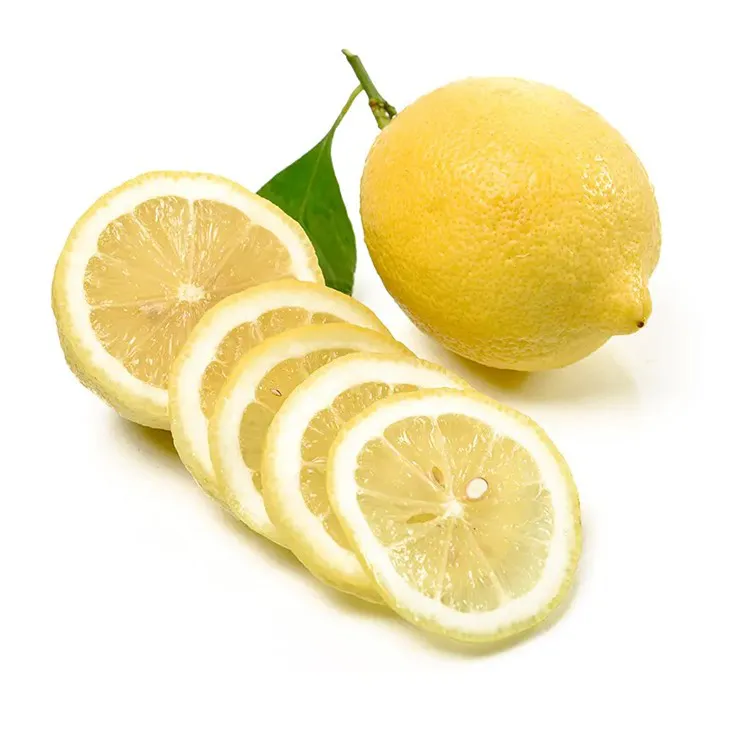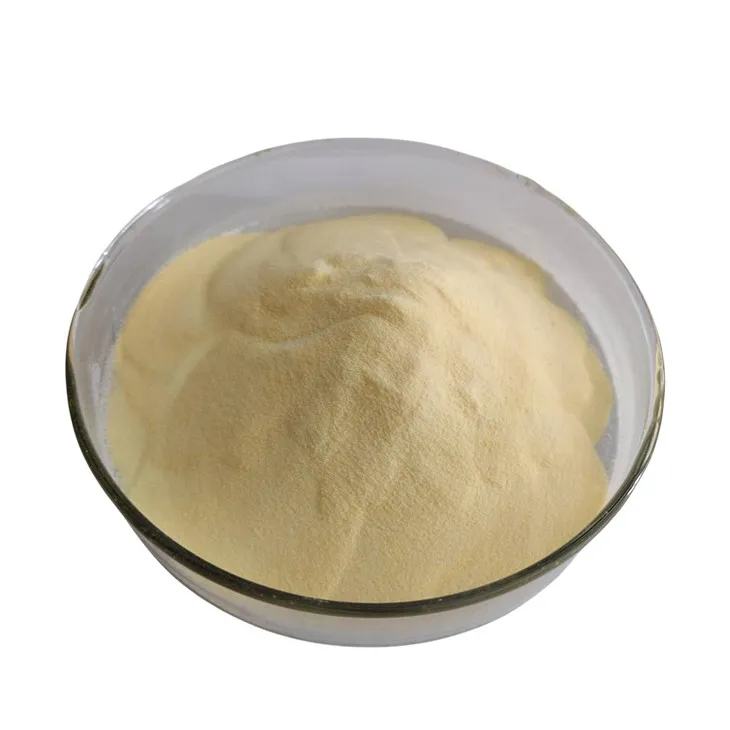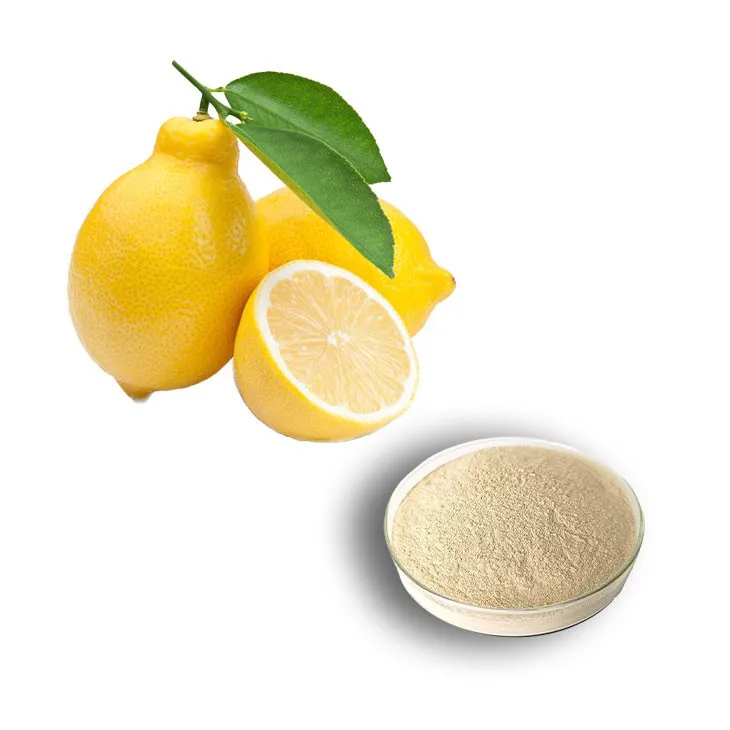- 0086-571-85302990
- sales@greenskybio.com
The process of extracting limonene from lemon extract.
2024-11-28

1. Introduction
Limonene is a significant terpene that is abundantly present in Lemon Extract. It has a wide range of applications in various industries such as food, cosmetics, and pharmaceuticals. The extraction of limonene from Lemon Extract is a complex yet interesting process that involves multiple steps. This article aims to provide a comprehensive understanding of this process, covering extraction methods, purification techniques, and its potential applications.

2. Lemon Extract: A Rich Source of Limonene
Lemons are well - known for their refreshing aroma and flavor, which is largely due to the presence of limonene. Lemon extract contains a substantial amount of limonene along with other components. The chemical structure of limonene gives it unique properties that make it valuable in different applications. It is a cyclic terpene with a molecular formula of C10H16. The limonene in lemon extract exists in two enantiomeric forms: (+)-limonene (d - limonene), which is the most common form in citrus fruits, and (-)-limonene (l - limonene).

3. Extraction Methods
3.1 Steam Distillation
- Steam generation: Steam is generated in a distillation apparatus. This steam is then passed through the lemon extract. The heat from the steam helps in vaporizing the limonene as it has a relatively low boiling point compared to some of the other components in the extract.
- Vapor collection: The vaporized limonene, along with the steam, is then collected in a condenser. In the condenser, the steam is cooled and converted back into liquid water, while the limonene remains in the vapor phase or condenses separately depending on its properties.
- Separation: After condensation, the limonene can be separated from the water. This can be achieved through methods such as decantation or using a separating funnel. The limonene, being less dense than water in most cases, will form a separate layer on top, which can be carefully collected.
3.2 Solvent Extraction
- Solvent selection: A suitable solvent needs to be selected for extracting limonene from lemon extract. Commonly used solvents include hexane, ethyl acetate, and dichloromethane. These solvents are chosen based on their ability to dissolve limonene effectively while having a certain degree of selectivity towards other components in the extract.
- Extraction process: The lemon extract is mixed with the selected solvent in a suitable container. The mixture is then stirred or agitated for a certain period to ensure proper extraction. During this process, the limonene dissolves in the solvent, leaving behind some of the other less soluble components in the lemon extract.
- Solvent removal: After the extraction is complete, the solvent containing the dissolved limonene needs to be separated from the remaining lemon extract. This can be done through evaporation. The solvent is evaporated under controlled conditions, such as reduced pressure or at a specific temperature, to leave behind the limonene. However, care must be taken to ensure that the limonene does not degrade during the solvent removal process.
3.3 Cold - Press Extraction
This method is relatively simple and more "natural" compared to the other extraction methods.
- Pressing: Lemons are first cut or crushed to release their juices and oils. The resulting mixture is then pressed using a mechanical press. This pressure forces out the liquid components, which contain limonene, from the lemon pulp.
- Separation: The liquid obtained from the press contains not only limonene but also water, sugars, and other substances. The limonene can be separated from this complex mixture through methods like centrifugation or filtration. Centrifugation helps in separating the oil - rich phase (containing limonene) from the water - rich phase based on the difference in density.

4. Purification of Limonene
4.1 Fractional Distillation
- Set - up: A fractional distillation apparatus is set up. This consists of a distillation flask, a fractionating column, a condenser, and a receiving flask.
- Initial heating: The impure limonene sample is placed in the distillation flask and heated. As the temperature rises, different components in the sample start to vaporize based on their boiling points.
- Fraction collection: The fractionating column helps in separating the different components more effectively. The limonene, which has a specific boiling point, is collected as a fraction in the receiving flask. Components with lower or higher boiling points are separated in different fractions.
4.2 Chromatographic Purification
- Column preparation: A chromatography column is prepared. For purifying limonene, a suitable stationary phase such as silica gel can be used. The column is filled with the stationary phase, and a solvent (mobile phase) is then passed through it to equilibrate the column.
- Sample loading: The impure limonene sample is carefully loaded onto the top of the chromatography column.
- Elution: A solvent is then passed through the column at a controlled flow rate. As the solvent (mobile phase) moves through the column, the different components in the sample interact differently with the stationary phase. Limonene, depending on its chemical properties, will move through the column at a different rate compared to other impurities and can be collected as a purified fraction.

5. Characterization of Limonene
After purification, it is essential to characterize the limonene to ensure its quality and purity.
- Spectroscopic methods: Infrared spectroscopy (IR) can be used to identify the functional groups present in limonene. The characteristic peaks in the IR spectrum can confirm the presence of double bonds and other groups in the limonene molecule. Nuclear magnetic resonance (NMR) spectroscopy is also very useful. 1H - NMR and 13C - NMR can provide detailed information about the structure of limonene, such as the number and type of hydrogen and carbon atoms and their connectivity.
- Physical properties: Measuring physical properties such as refractive index, density, and boiling point can also help in characterizing limonene. The refractive index of pure limonene is within a specific range, and any deviation from this range may indicate the presence of impurities. Similarly, the density and boiling point of limonene are characteristic values that can be used for quality control.
6. Potential Applications
6.1 Food Industry
- Flavoring agent: Limonene is widely used as a natural flavoring agent in the food industry. It imparts a citrusy flavor and aroma to various food products such as candies, beverages, and baked goods. Its natural origin makes it a popular choice for formulating products with a "clean label".
- Preservative: It also has some preservative properties. It can inhibit the growth of certain microorganisms, thus helping in extending the shelf life of food products.
6.2 Cosmetics Industry
- Fragrance ingredient: In the cosmetics industry, limonene is used as a fragrance ingredient in products such as perfumes, lotions, and creams. It provides a fresh, citrusy scent that is appealing to consumers.
- Solvent: It can also act as a solvent for some of the other ingredients in cosmetics formulations. For example, it can dissolve certain essential oils or hydrophobic substances, making it easier to incorporate them into cosmetic products.
6.3 Pharmaceutical Industry
- Drug delivery: Limonene has been studied for its potential use in drug delivery systems. It can be used to encapsulate drugs and improve their solubility and bioavailability. Its lipophilic nature allows it to interact with cell membranes, which may enhance the uptake of drugs by cells.
- Antimicrobial properties: It also exhibits antimicrobial activity against certain bacteria and fungi. This property can be exploited in the development of topical antimicrobial formulations for treating skin infections.
7. Conclusion
The extraction of limonene from lemon extract is a multi - step process that involves extraction methods such as steam distillation, solvent extraction, and cold - press extraction, followed by purification steps like fractional distillation and chromatographic purification. The purified limonene has a wide range of potential applications in the food, cosmetics, and pharmaceutical industries. With the increasing demand for natural products in these industries, the extraction and utilization of limonene from lemon extract are likely to gain more importance in the future. However, continuous research is also needed to improve the extraction and purification processes, to ensure the high - quality production of limonene and to explore its new applications.
FAQ:
Question 1: What are the common extraction methods for limonene from lemon extract?
There are several common extraction methods. One is steam distillation, where steam is passed through the lemon extract, and the volatile limonene is carried along with the steam and then condensed. Another method is solvent extraction, using organic solvents like hexane to dissolve limonene from the extract. Cold - press extraction can also be used, which physically presses the lemons to obtain the extract containing limonene.
Question 2: How is limonene purified after extraction?
After extraction, purification of limonene often involves distillation processes. Fractional distillation can be used to separate limonene from other components based on their different boiling points. Another purification method is chromatography, such as column chromatography, which can further separate and purify limonene by exploiting differences in the chemical properties between limonene and impurities.
Question 3: What are the potential applications of limonene?
Limonene has numerous potential applications. In the food industry, it can be used as a flavoring agent due to its citrusy aroma. In the cosmetics industry, it is used in products like perfumes, lotions, and soaps. It also has antimicrobial properties, so it can be used in cleaning products. Additionally, in the pharmaceutical industry, limonene may have potential in drug delivery systems or as a starting material for the synthesis of other bioactive compounds.
Question 4: Are there any environmental considerations during the extraction process?
Yes, there are environmental considerations. For example, in solvent extraction, the choice of solvent is crucial. Some solvents may be harmful to the environment if not properly disposed of. Steam distillation generally has less environmental impact as it uses steam, but energy consumption needs to be optimized. Also, waste products generated during the extraction and purification processes need to be managed properly to minimize environmental pollution.
Question 5: How does the quality of lemon extract affect the extraction of limonene?
The quality of lemon extract significantly affects limonene extraction. A high - quality lemon extract with a higher concentration of limonene will likely result in a more efficient extraction process. The freshness of the lemons used in the extract, the extraction method used for the initial lemon extract, and the presence of other interfering substances in the extract can all impact the yield and purity of the limonene obtained.
Related literature
- Extraction and Characterization of Limonene from Citrus Fruits"
- "Optimization of Limonene Extraction from Lemon Peel"
- "The Chemical and Biological Properties of Limonene"
- ▶ Hesperidin
- ▶ Citrus Bioflavonoids
- ▶ Plant Extract
- ▶ lycopene
- ▶ Diosmin
- ▶ Grape seed extract
- ▶ Sea buckthorn Juice Powder
- ▶ Fruit Juice Powder
- ▶ Hops Extract
- ▶ Artichoke Extract
- ▶ Mushroom extract
- ▶ Astaxanthin
- ▶ Green Tea Extract
- ▶ Curcumin
- ▶ Horse Chestnut Extract
- ▶ Other Product
- ▶ Boswellia Serrata Extract
- ▶ Resveratrol
- ▶ Marigold Extract
- ▶ Grape Leaf Extract
- ▶ New Product
- ▶ Aminolevulinic acid
- ▶ Cranberry Extract
- ▶ Red Yeast Rice
- ▶ Red Wine Extract
-
Mango flavored powder
2024-11-28
-
Passionflower Extract
2024-11-28
-
Baicalin
2024-11-28
-
Konjac Powder
2024-11-28
-
Saw Palmetto Extract
2024-11-28
-
Lemon Juice Powder
2024-11-28
-
Oyster Mushroom Extract Powder
2024-11-28
-
Alfalfa Meal
2024-11-28
-
American Ginseng Root Extract
2024-11-28
-
Panax Ginseng Leaf Extract
2024-11-28





















